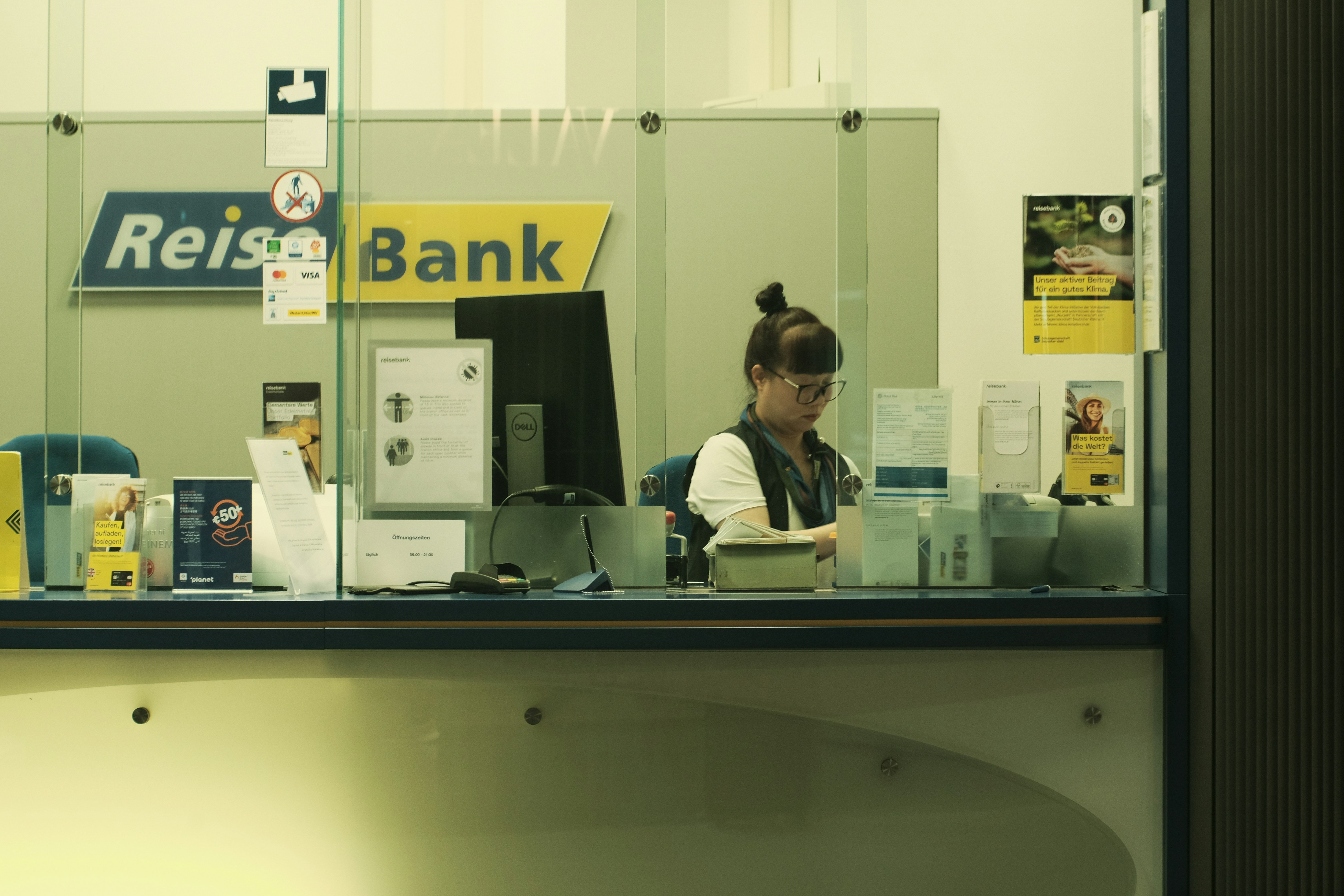The Future of Banking: Digital-Only Banks and the End of Traditional Branches?

The Future of Banking: Digital-Only Banks and the End of Traditional Branches?
The banking industry is undergoing a seismic transformation. Digital-only banks — also known as neobanks — are challenging the dominance of traditional institutions by offering seamless, app-based financial services. As of 2025, the question looms: Are we witnessing the end of brick-and-mortar banking?
What Are Digital-Only Banks?
Digital-only banks operate without physical branches. They offer services like savings accounts, loans, budgeting tools, and investment options through mobile or web platforms. Popular examples include Chime , Revolut , N26 , and Monzo .
Why Are They Growing?
Convenience
- 24/7 access to financial services.
- Instant account creation and transaction alerts.
Lower Costs
- No physical branches means fewer overhead costs.
- Lower fees passed on to customers.
User Experience
- Intuitive interfaces and innovative features.
- Gamified saving and budgeting.
Financial Inclusion
- Accessible to people without nearby bank branches.
Traditional Banks Fight Back
Traditional banks aren’t standing still. Many are:
- Launching digital subsidiaries.
- Partnering with fintech startups.
- Closing branches and investing in apps.
Challenges for Digital Banks
- Regulatory compliance : Different rules across jurisdictions.
- Profitability : Many neobanks struggle to generate profits.
- Trust and security : Lack of physical presence may deter some customers.
The Hybrid Model
Some experts predict a hybrid model — digital-first, but with physical locations for complex needs like mortgages or wealth management. Banks may adopt:
- Smart branches with fewer staff.
- ATM-based services with video consultations.
Global Adoption Trends
- Europe : Strong growth in neobanks, particularly in the UK and Germany.
- Asia : Countries like Singapore and South Korea promote digital banking licenses.
- US : Slow but growing adoption, particularly among younger demographics.
Conclusion
Digital-only banks are not just a trend — they represent a new way of thinking about financial services. While traditional banks won’t vanish overnight, the shift toward digital-first banking is irreversible. The future will likely be defined by agility, innovation, and customer-centricity.




